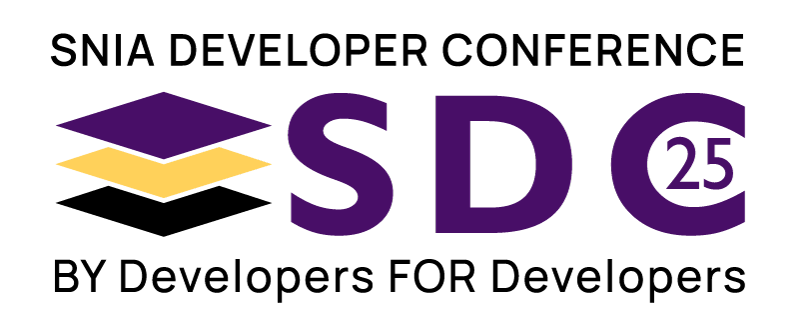
Design Modern Object Store Server for Lustre file system in the Era of Solid State Storage and Persistent Memory

Salon IV
Thu Sep 15 | 9:10am
Abstract
Fast, scalable parallel file system performance is a key enabler of massively parallel computing as well as of emerging big data and machine learning applications. Released almost two decades ago, Lustre has long been the storage solution of choice for many supercomputing data centers. But as the world slowly retire rotational disks in favor of fast SSDs and persistent memory for their performance tiers, Lustre is becoming increasingly unable to fully utilize available storage bandwidth due to its old, disk-oriented object storage server designs based on Ext4 derived ldiskfs. In this talk, we will first introduce the high level design of Lustre key networking and storage components (Object Storage Server and Object Storage Target). Then we will describe the limitations and shortcomings we consider that are becoming major impedance to further Lustre innovations and hurdle to faster cadence of development. In order to address these issues, we propose a completely new OSS/OST architecture and implementation by natively incorporating latest advancements in hardware (SSDs, Persistent memory), software (SPDK/PMDK, KV-Store) and other relevant technologies such as flexible Erasure Coding data protection scheme. We believe the benefits of this proposal will lower the barrier to future innovative contributions and can invigorate developer community activities, which is essential to ensure Lustre’s continued success in end user adoption and support.
Learning Objectives
- To understand the architecture of Lustre file system and the high-level design of key networking and storage components (OSS/OST) and its limitations & shortcomings.
- To gain insight into our technical proposal and engineering approaches to incorporate latest advancements in hardware, software and other technologies to design and implement a new modern OSS/OST.
- To learn the current status of our ongoing project and effort in implementing the proposal, including the lessons we have learned so far.



